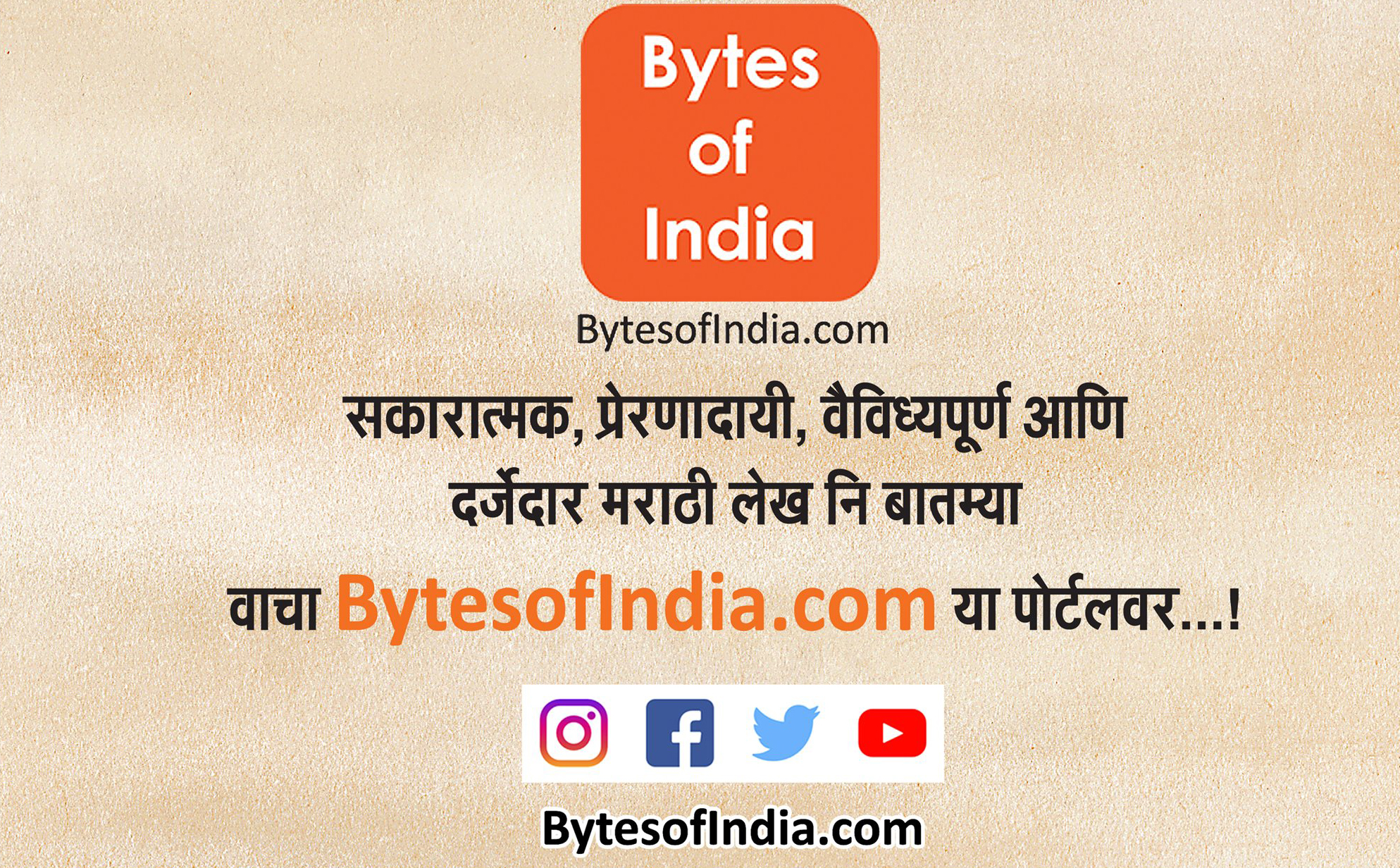
Hyderabadi cuisine (native: Hyderabadi Ghizaayat), also known as Deccani cuisine, is the native cooking style of the Hyderabadi Muslims, and began to develop after the foundation of the Bahmani Sultanate, and more drastically with the Qutb Shahi dynasty around the city of Hyderabad, promoting the native cuisine along with their own. Hyderabadi cuisine had become a princely legacy of the Nizams of Hyderabad State, as it began to further develop further on from there. It is an amalgamation of Mughal, Turkish, and Arabic along with the influence of the native Telugu and Marathwada cuisines. Hyderabadi cuisine comprises a broad repertoire of rice, wheat and meat dishes and the skilled use of various spices, herbs and natural edibles.
Hyderabadi cuisine has different recipes for different events, and hence is categorized accordingly, from banquet food, for weddings and parties, festival foods, and travel foods. The category to which the recipe belongs itself speaks of different things like the time required to prepare the food, the shelf life of the prepared item, etc.
The legacy of authentic Hyderabadi cuisine and its unabridged royal saga of dishes and recipes is believed to still persist with the veteran Nawab Mehboob Alam Khan, and so with the native elderly women of local ménage.
Course
Hyderabadi dinner also known as Dastarkhwan are usually of five course meal; Aghaz (Soup), Mezban (appetizers), Waqfa (Sorbet), Mashgool Dastarkhwan (Main course) and Zauq-e-shahi (dessert).
Starters
Lukhmi
Lukhmi is a regional non-vegetarian variation of the samosa, though, it is shaped into a flat square patty. It is made from flour and stuffed with minced mutton or beef, known as Kheema. It is eaten as an evening snack or served as a starter at celebrations.
Hyderabadi Haleem
Hyderabadi Haleem is a popular dish of Hyderabad. It is a stew composed of mutton, lentils and wheat. It originates from Harees, an Arab dish brought to Hyderabad by Arab migrants. Harees is still prepared in its original form in Barkas. It is sometimes served as a starter at celebrations, but it is usually only prepared during the month of Ramadan for the Iftar meal.
Biryani
Hyderabadi Biryani is one of the most popular dishes of the city. It is distinctly different from other variations of the Biryani, originating from the kitchens of the Nizams of Hyderabad. It is a celebration dish of basmati rice and mutton, along with yoghurt, onions and various spices.
Variants
Kalyani Biryani is a variant of the Hyderabadi Biryani using beef instead of lamb or mutton.This meal was started after Kalyani Nawabs of Bidar came to Hyderabad sometime in the 18th century. The Kalyani biryani is made with small cubes of beef, regular spices, onions and lots of tomatoes. It has a distinct tomato, jeera (cumin), dhania (coriander) flavour.
Tahari, made by the Hyderabadi Muslims is a rice and meat dish. Unlike biryani in which rice is precooked and then layered with meat, rice in tahari is cooked in meat. Occasionally vegetables, more commonly potatoes, are also added. It is served with dahi ki chutney.
Other dishes
Pathar-ka-Gosht
Pathar ka Gosht is a mutton kebab. It is named for the traditional method of preparation, on a stone slab. (Pathar means stone in Urdu)
Hyderabadi Khichdi
The Hyderabadi version of the popular dish Khichdi is distinct from the many variants enjoyed all across India. It is eaten with Kheema (minced mutton curry). It is consumed as a breakfast item, as well as during the month of Ramadan for the Sehri meal.
While most khichdi preparations use toor or moong dal, the Hyderabadi version uses masoor dal. Also, turmeric doesn’t feature in the ingredients list although some people use it in the modern preparations. The colouring of the dish comes from the caramelized onions that are an important flavour of the dish. As opposed to the semi-liquid, moist preparation of khichdi elsewhere in the country, the dish made here has a drier texture, and each grain of rice stands out.
- Nawab Mehboob Alam Khan, culinary expert
Talawa Gosht
Tala hua Gosht, or Talawa Gosht (in Hyderabadi dialect) is a simple mutton or beef dish usually accompanied by Khatti Dal. It may be eaten with Roti or rice.
(Source : Wikipedia)

